
Swiss paintings — A167-3: Gemälde, Möbel, Weine

Johann Jakob Schalch was a Swiss painter. He was a contemporary of the Swiss painters Anton Graff, Jean Preudhomme, Angelica Kauffman, Jakob Emanuel Handmann, Johann Caspar Füssli. His son Johann Heinrich Füssli was also a noted painter.
Schalch was noted for his paintings of the Rheinfall in Schaffhausen, many of which were reproduced as engravings, making his name well-known.
The Museum zu Allerheiligen in Schaffhausen owns the largest collection of Schalch paintings and drawings.
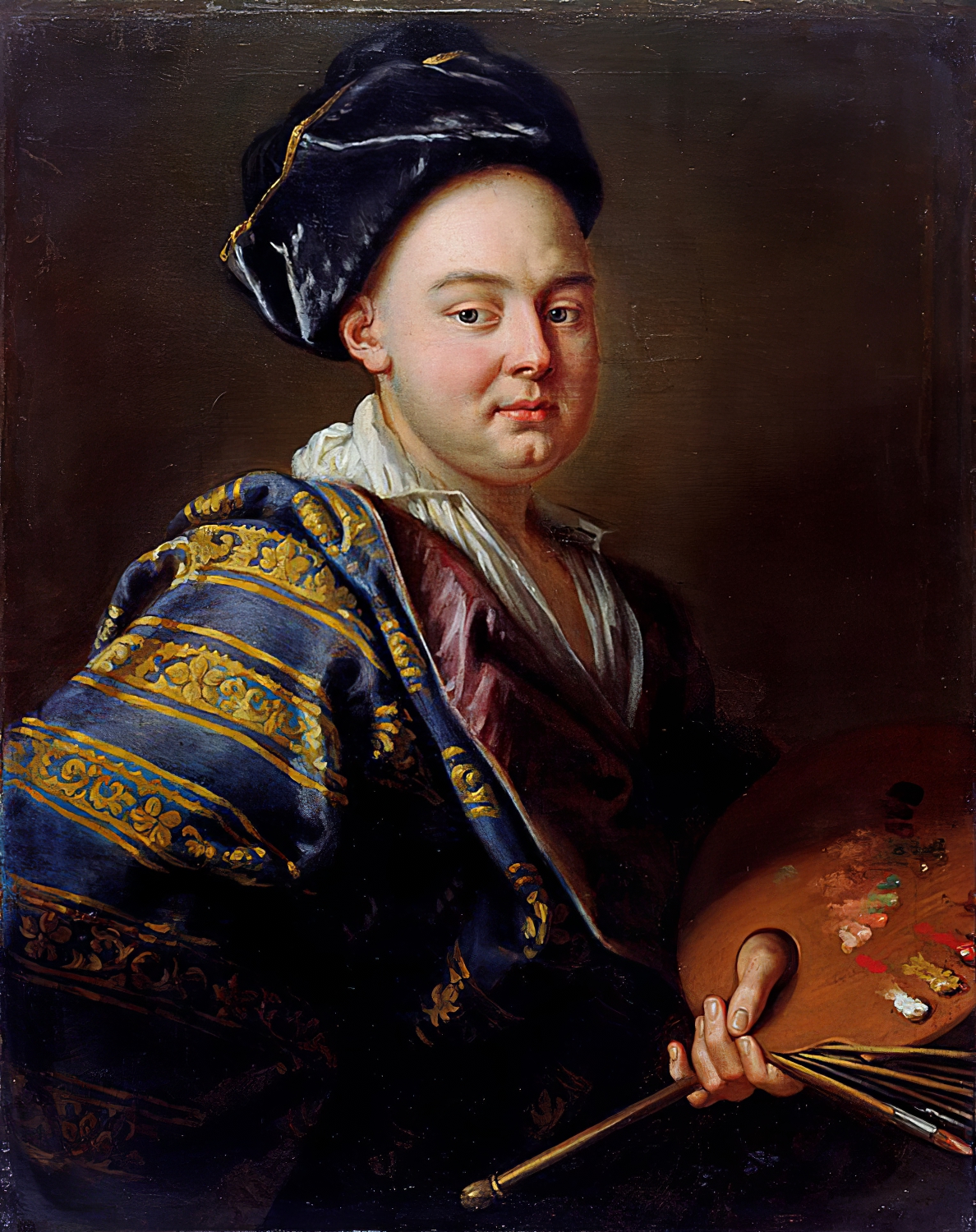
Jakob Emanuel Handmann was a Swiss painter specialised in portrait painting. He was a contemporary of the Swiss painters Anton Graff, Jean Preudhomme, Angelica Kauffman, Johann Jakob Schalch, Johann Caspar Füssli and his son Johann Heinrich Füssli.

Jakob Emanuel Handmann was a Swiss painter specialised in portrait painting. He was a contemporary of the Swiss painters Anton Graff, Jean Preudhomme, Angelica Kauffman, Johann Jakob Schalch, Johann Caspar Füssli and his son Johann Heinrich Füssli.
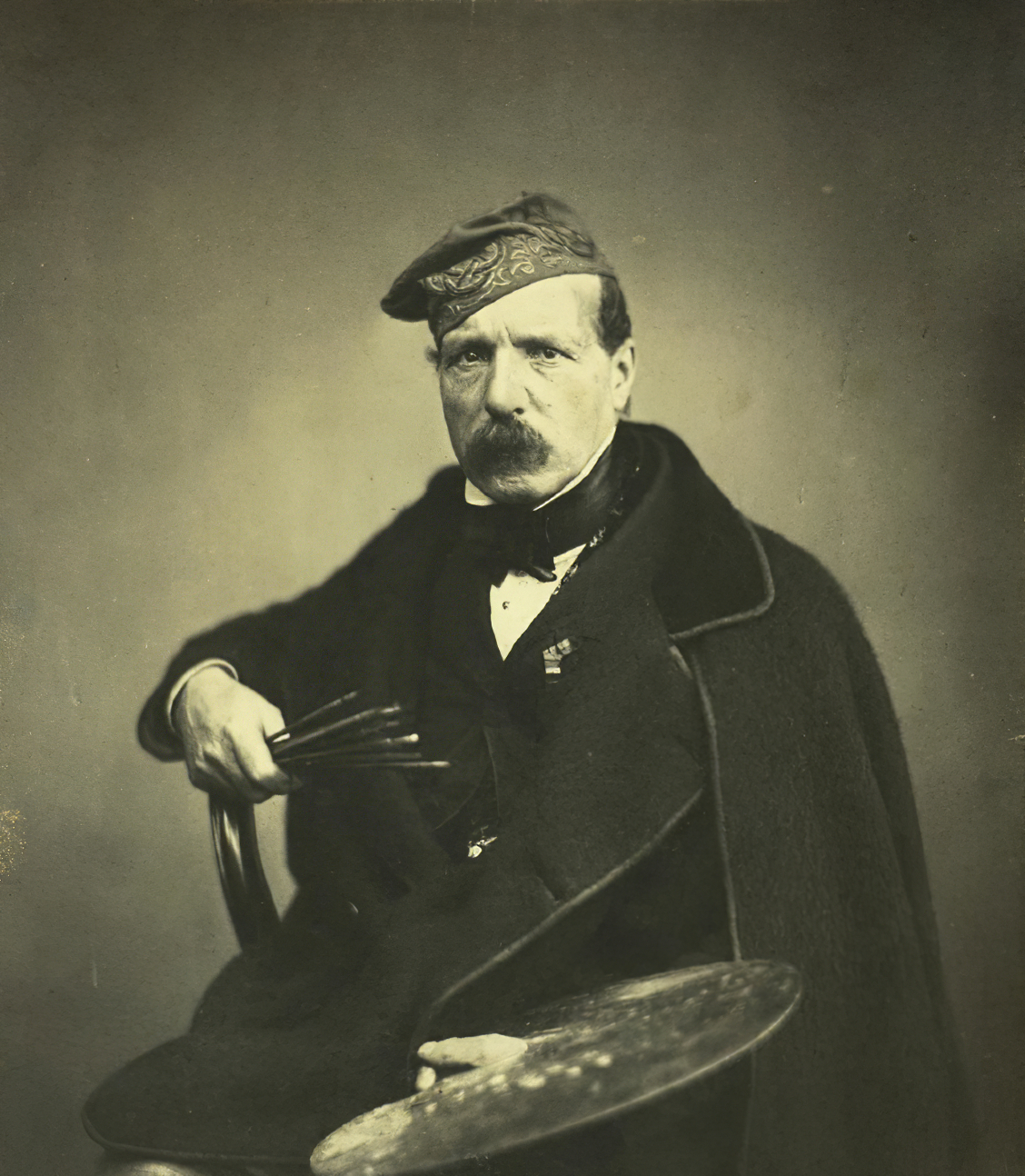
François Diday was a Swiss landscape painter and art promoter.
During the 1840s, he received numerous medals at exhibitions in Switzerland. He also exhibited in Paris, Berlin, London and Brussels. In 1873, he was awarded a bronze medal at the Vienna World's Fair.

Alexandre Perrier was a Swiss landscape painter; mostly of Alpine mountain scenes. He also created a few portraits.
His early paintings use a Pointillistic technique, but his later ones show a broader brushstroke. He did not follow the general practice of painting en plein aire, preferring to make sketches on site and producing the canvases in his studio.

Alexandre Perrier was a Swiss landscape painter; mostly of Alpine mountain scenes. He also created a few portraits.
His early paintings use a Pointillistic technique, but his later ones show a broader brushstroke. He did not follow the general practice of painting en plein aire, preferring to make sketches on site and producing the canvases in his studio.

Alexandre Perrier was a Swiss landscape painter; mostly of Alpine mountain scenes. He also created a few portraits.
His early paintings use a Pointillistic technique, but his later ones show a broader brushstroke. He did not follow the general practice of painting en plein aire, preferring to make sketches on site and producing the canvases in his studio.

Alexandre Perrier was a Swiss landscape painter; mostly of Alpine mountain scenes. He also created a few portraits.
His early paintings use a Pointillistic technique, but his later ones show a broader brushstroke. He did not follow the general practice of painting en plein aire, preferring to make sketches on site and producing the canvases in his studio.

Carlo Pietro Sigismund Righini was a Swiss painter and art association executive.
Free from pressing financial obligations, he devoted himself entirely to his work. In 1898, he moved into a new studio, built by his father, where he produced still-lifes, portraits and nudes. He also worked in plein aire for a time, when he was flirting with impressionism. Later, he travelled extensively, visiting the Low Countries in 1903 and England in 1910. In 1904, he began to experiment with brighter patches of color; perhaps influenced by Cézanne and the Fauvists or his friends Giovanni Giacometti and Cuno Amiet. He showed his work at numerous exhibitions until around 1920, when he stopped painting to focus on his membership and executive positions in numerous art associations.

Carl August Liner was a Swiss painter, graphic artist, designer and inventor. He is sometimes referred to as Senior to distinguish him from his son, Carl Walter Liner, who was also a well known painter.
In addition to his paintings, he designed postage stamps and posters and did illustrations. It was this work that provided most of his income. He was also an amateur inventor and holds the patent for an early version of the single-axis mower.

Carl August Liner was a Swiss painter, graphic artist, designer and inventor. He is sometimes referred to as Senior to distinguish him from his son, Carl Walter Liner, who was also a well known painter.
In addition to his paintings, he designed postage stamps and posters and did illustrations. It was this work that provided most of his income. He was also an amateur inventor and holds the patent for an early version of the single-axis mower.

Willy Leopold Guggenheim, known as Varlin, was a Swiss painter. His figurative work emphasized the fragility of everyday life.
Varlin was friends with Hugo Loetscher and Friedrich Dürrenmatt, and painted them.

Adelheid Fanny Martha Stettler was a Swiss painter and engraver. She was one of the founders of the Académie de la Grande Chaumière, and was co-principal of the school from 1909 until 1945.
Stettler's subjects included many outdoor scenes of children playing in the Jardin du Luxembourg and the Tuileries Garden, as well as interiors, still lifes, landscapes, portraits and animal studies. Stettler's works are held by the Kunstmuseum Winterthur, the Museum of Fine Arts Bern, the Musée d'Art et d'Histoire in Geneva, the Musée du Luxembourg in Paris, and the Galleria Nazionale d'Arte Moderna in Rome.

Ernst Stocker, better known as Coghuf, was a Swiss painter, draftsman and sculptor. He designed tapestries and stained glass windows.
Coghuf's work is characterised by abstract forms, bright colours and a sense of dynamic movement. Coghuf's work often conveys emotional depth and explores the relationship between form and space.

Helen Dahm was a Swiss artist and a follower of the expressionist movement.
Helen Dahm only received recognition late in life. In 1967, at the age of 89, she had her first major retrospective exhibition in Switzerland.
Else Strantz was her life partner for twenty years, and it was through Strantz that Dahm met the Blue Rider group of artists, who were very influential to Dahm.
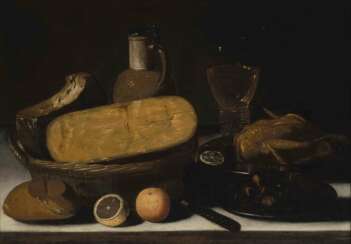




















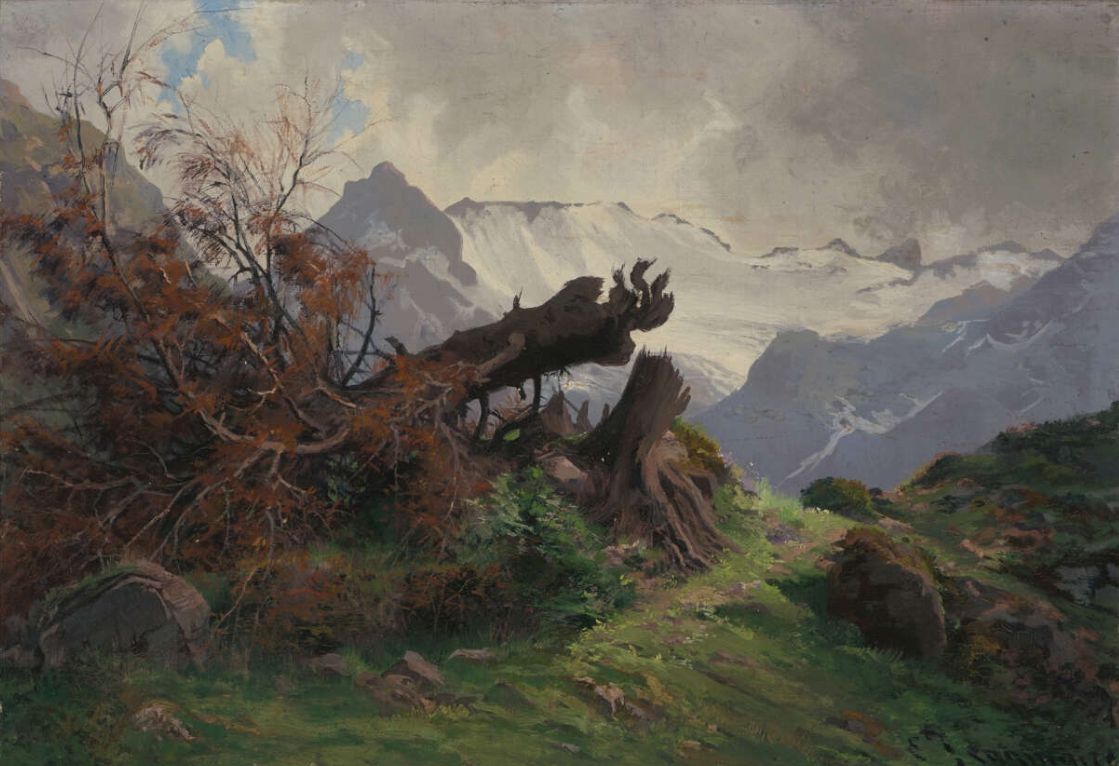





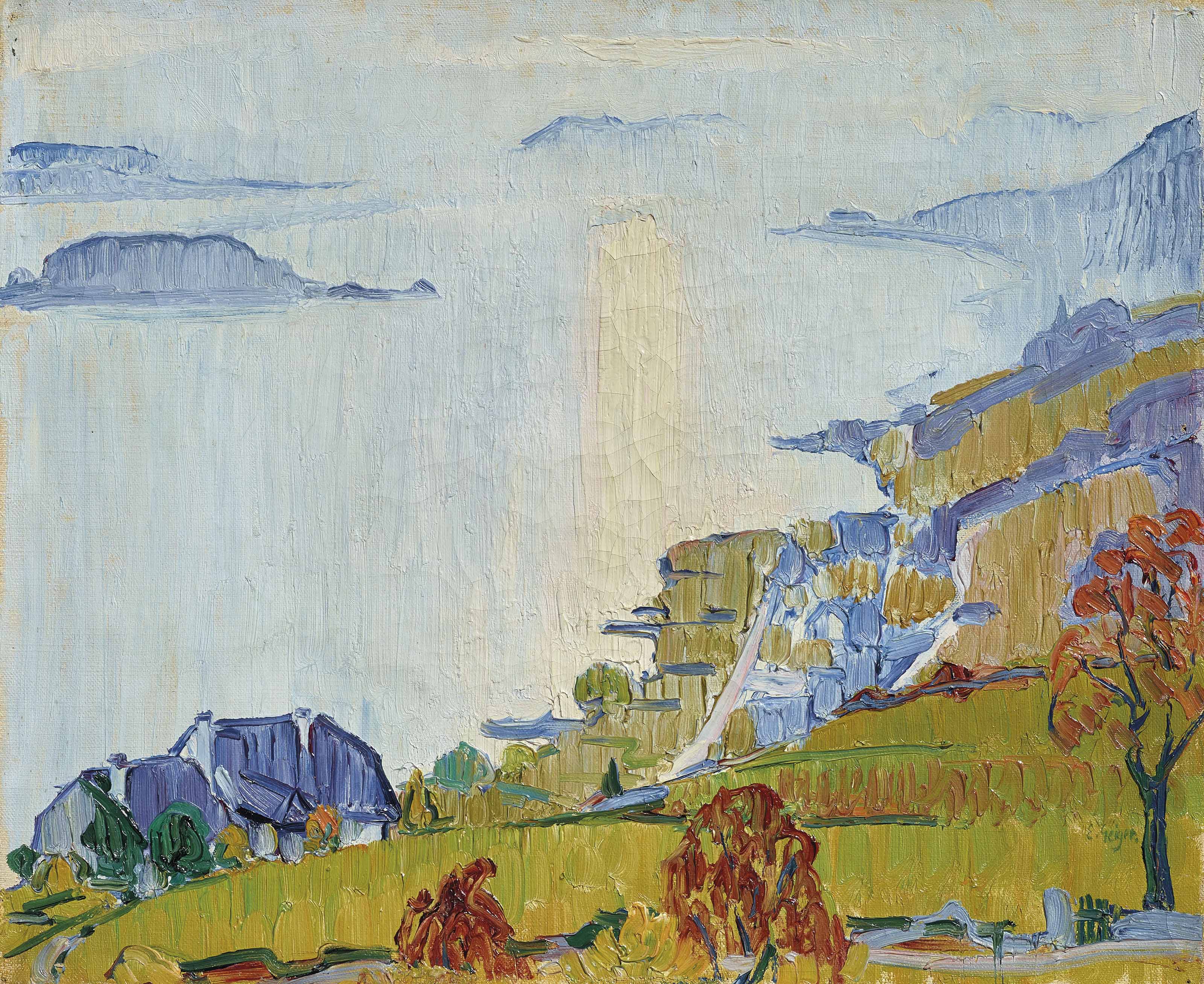















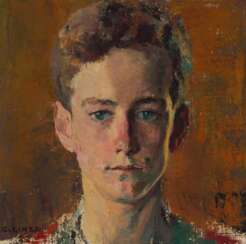







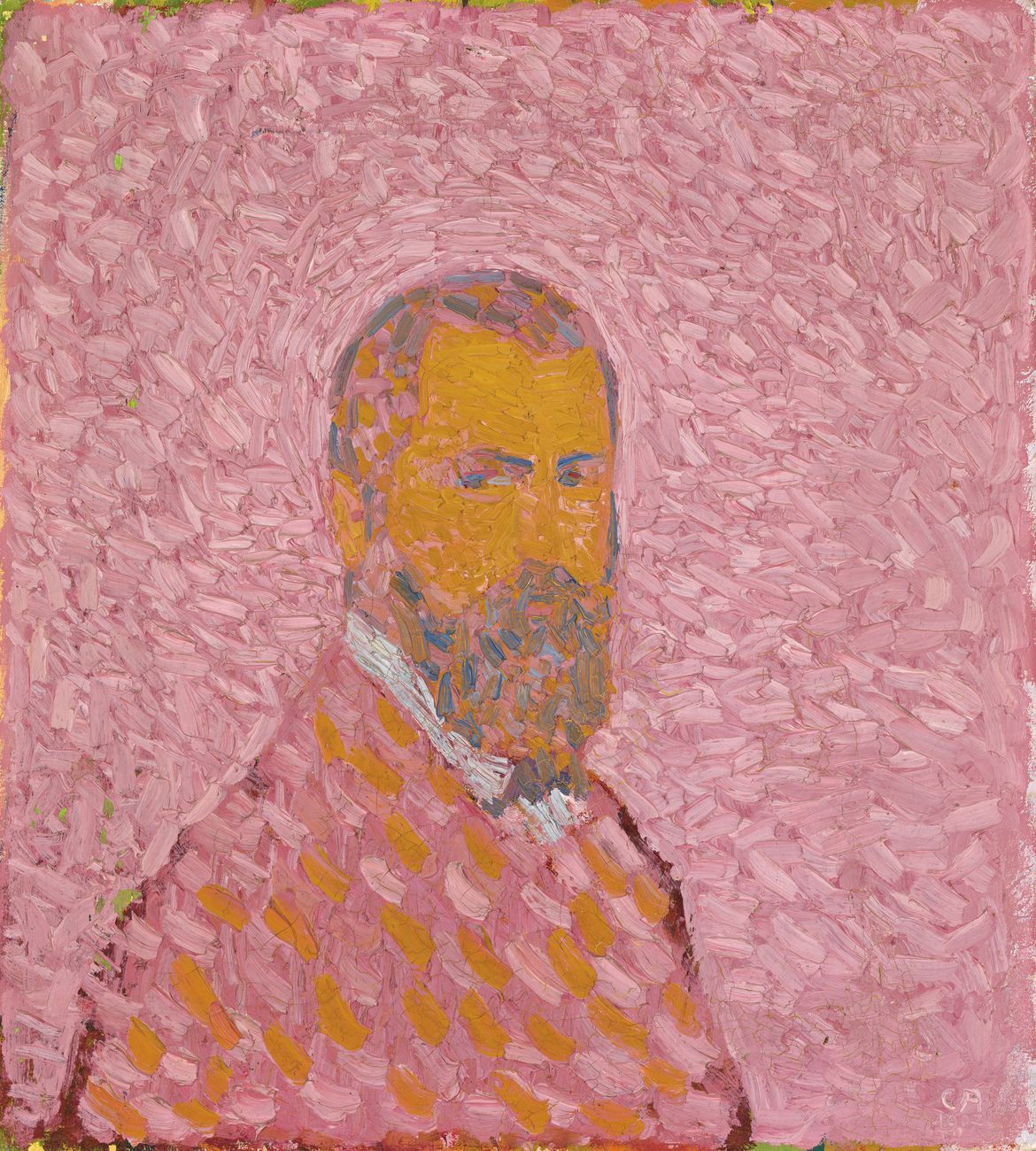









.jpg)









